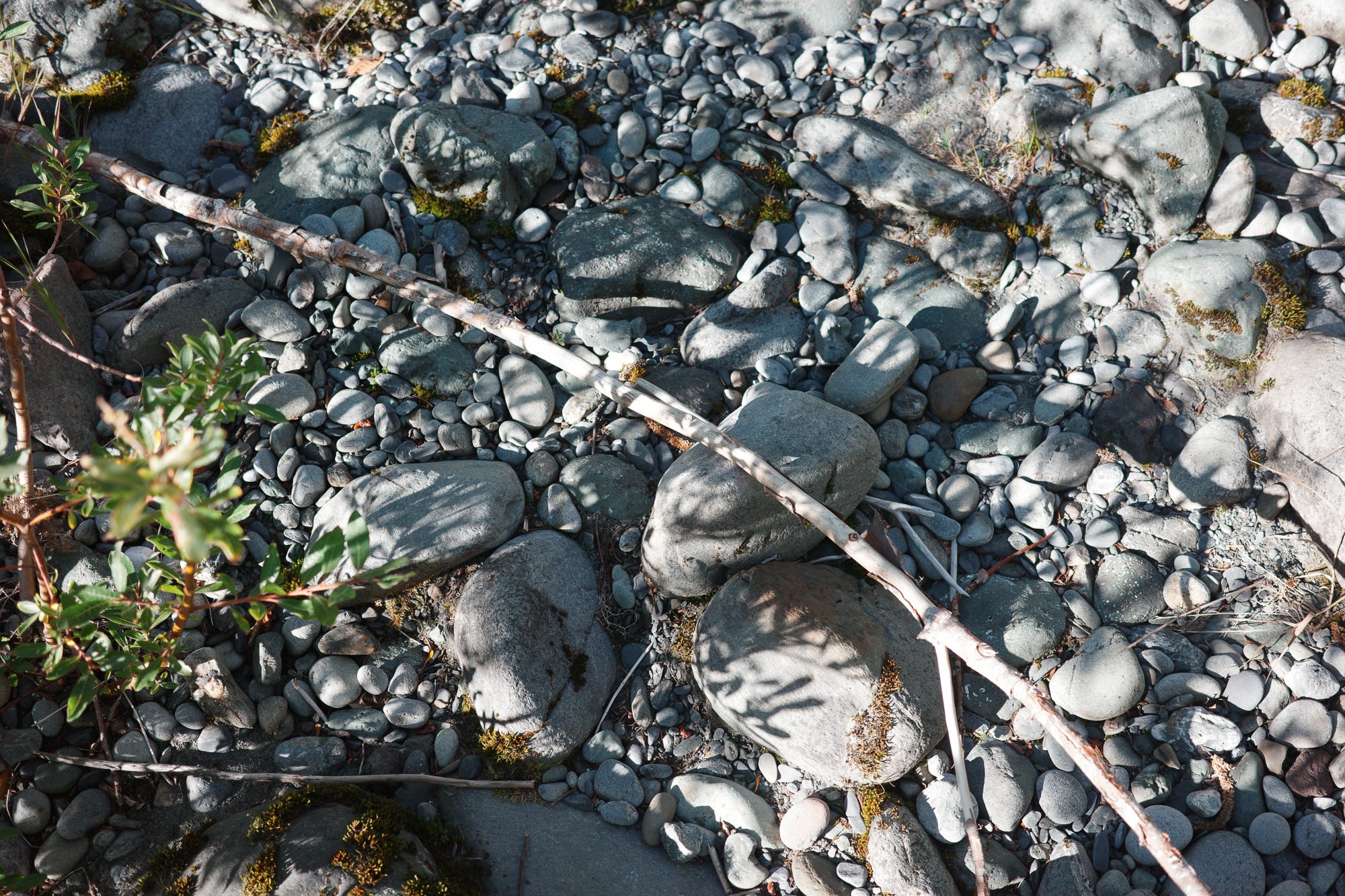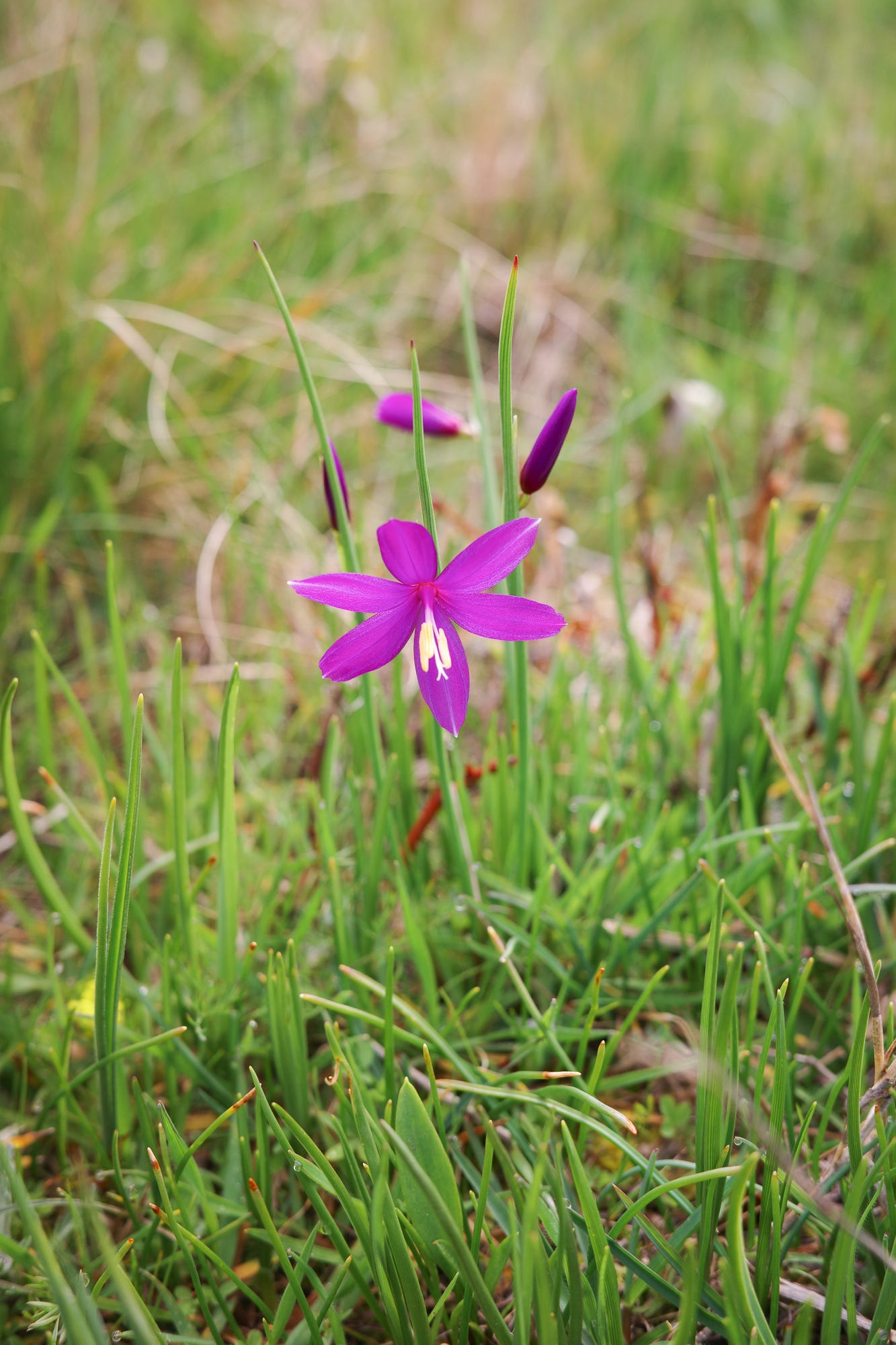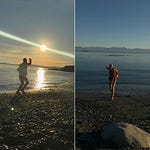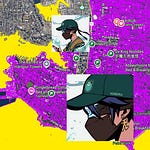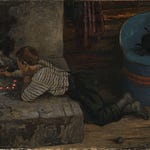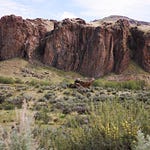DONATIONS
I am currently at a residency, in the midst of a self-funded project. Donations on Buy Me A Coffee, PayPal, or Venmo are all seriously appreciated right now—Thank you!
I scribbled the poem below, laying on my back in the dewy early morning, in the rockies last July. But only last week did I rediscover it in a section of my notebook I’ve passed over many times.
This poem is about how someone can be here, but also somewhere else at the same time. Maybe in a dream world, or maybe in the underworld—as I have been over many hard months in the last year.
Atlant(is)
Yellow-colored rocks
color the clear water-shimmers.
Pine-scent morning, evenings
dust on the small roads.
Open flowered meadows
between pine-fir groves.
Spruce on edges
pink sticky geranium amidst marble boulders.
Can you see how
the small warm creeks meander through little green clefts?
And aspens grow after a burn.
In the clear air
the stars are bright.
These scenes for where you are
Here still, and there too
All one place within, or a place
outside of you.
Atlantis is an archetype, in many ways, for an ideal that once was. The town in Idaho where I wrote the poem has a similar feeling, of a beautiful place lost in time, a place that “could have been.”
I had an idea last month, to witness and document the sage grouse courtship ritual in the Great Basin this spring. A month or so later, I happened to come across a camas meadow I’ve been searching for. And in the last few weeks, at an artist residency at Centrum, I’ve sat with these ideas, to see where they all come together.
Through my intuitive process, along the theme of remnants, I have drawn lines between these disparate places and creatures—to understand that they have a unique relationship with grief and joy, death and life.
I have often been drawn to remnants. Old traditions and skills, abandoned towns, fallen down rock walls, overgrown apple orchards. I can’t quite say why, only that there is a silent, wild feeling in such places I find compelling. I like these places that the world hasn’t even found useful enough to destroy, that are left behind. These empty, quiet spaces are, for some reason, my kind of place.
Camas meadows and orchards need people to thrive. They can be good teachers in reciprocity and timeliness. And I think the places we interact with as humans are unique receptacles for the wealth of human experience, winter and summer, dearth and abundance, grief and joy. The seasons, and how they impact the cycles around, us teach us about the multifaceted nature of life itself, within, and without. Living in this flow, respondent to it, is what I envision as health.
Thanks for listening.




